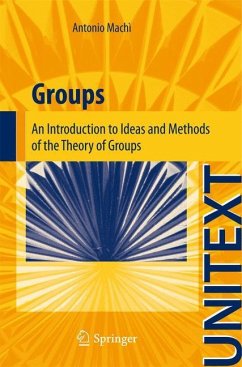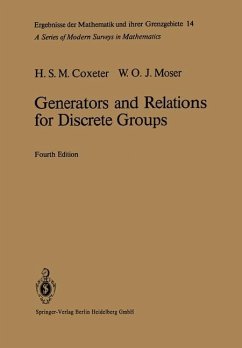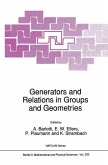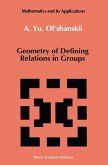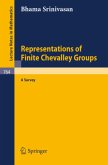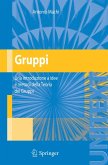With Holder's program used throughout for the classification of finite groups, this volume covers the key topics, including abelian, nilpotent and solvable groups, linear representations and cohomology. Group actions and the word problem are also considered.
Groups are a means of classification, via the group action on a set, but also the object of a classification. How many groups of a given type are there, and how can they be described? Hölder's program for attacking this problem in the case of finite groups is a sort of leitmotiv throughout the text. Infinite groups are also considered, with particular attention to logical and decision problems. Abelian, nilpotent and solvable groups are studied both in the finite and infinite case. Permutation groups and are treated in detail; their relationship with Galois theory is often taken into account. The last two chapters deal with the representation theory of finite group and the cohomology theory of groups; the latter with special emphasis on the extension problem. The sections are followed by exercises; hints to the solution are given, and for most of them a complete solution is provided.
Groups are a means of classification, via the group action on a set, but also the object of a classification. How many groups of a given type are there, and how can they be described? Hölder's program for attacking this problem in the case of finite groups is a sort of leitmotiv throughout the text. Infinite groups are also considered, with particular attention to logical and decision problems. Abelian, nilpotent and solvable groups are studied both in the finite and infinite case. Permutation groups and are treated in detail; their relationship with Galois theory is often taken into account. The last two chapters deal with the representation theory of finite group and the cohomology theory of groups; the latter with special emphasis on the extension problem. The sections are followed by exercises; hints to the solution are given, and for most of them a complete solution is provided.
From the reviews: "Aimed at ... 'advanced undergraduate and graduate students in mathematics, physics and chemistry', it concentrates in 325 pages most of the important general techniques used in this field. ... The book is written in a concise, but elegant style and manages to give the readers an introduction to many topics missing in similar texts ... . In summary: this is a very good text, that matches well the declared aims ... . It is also well suited as a reach and ... compact reference text." (Marian Deaconescu, Zentralblatt MATH, Vol. 1246, 2012)

